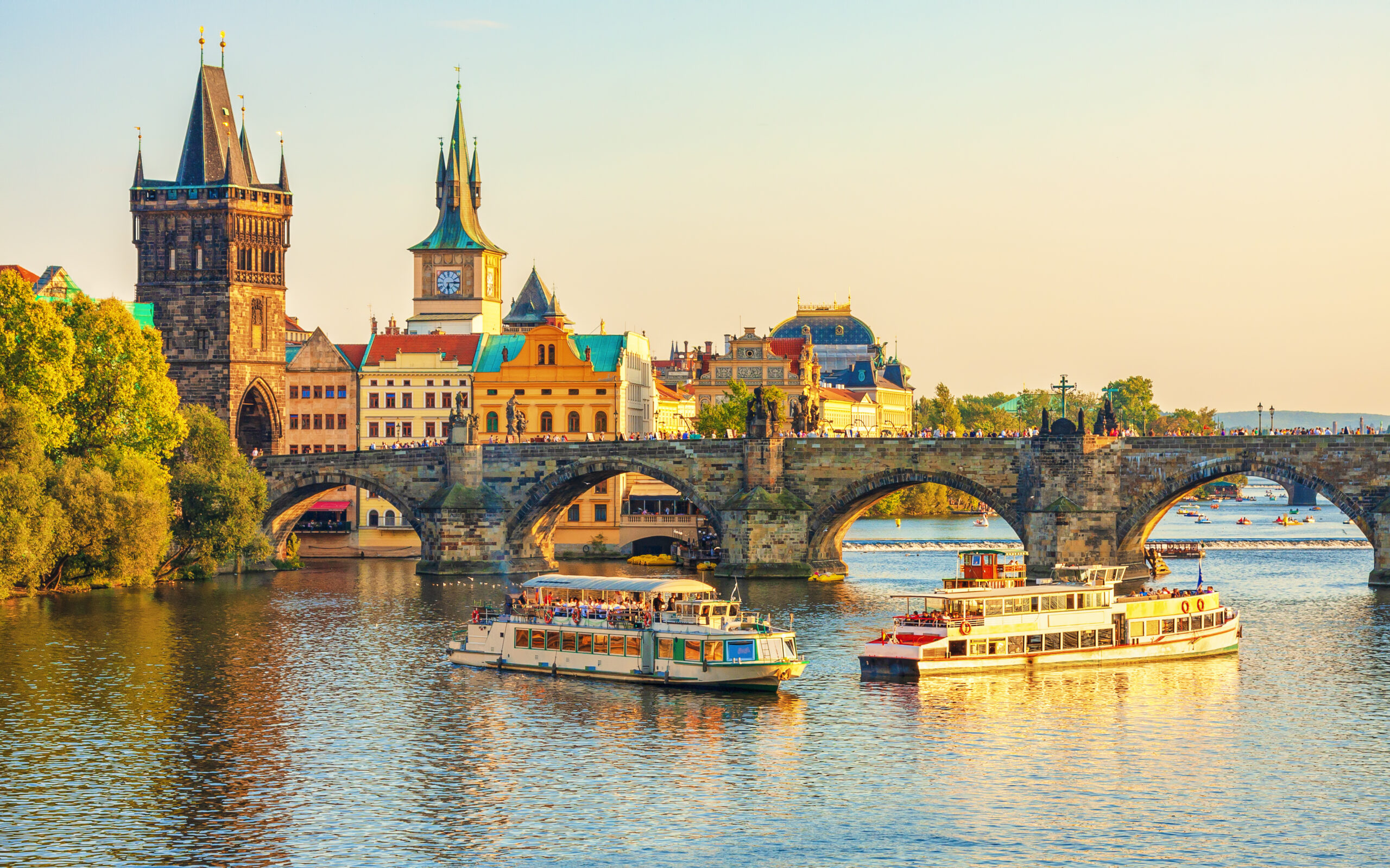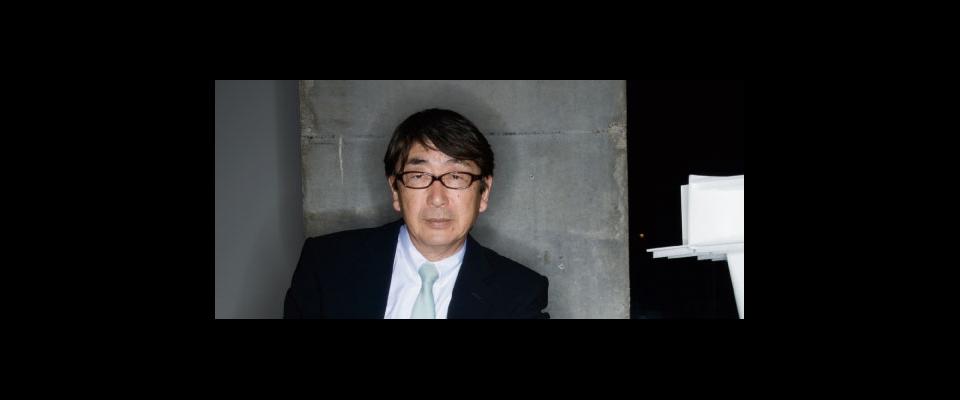The new home of BAM/PFA will enfold spaces free and paid, open and closed, cyber and real.
Centuries after being built, a Gothic cathedral sends its stone spires heavenward in timeless aspiration. The woman reading a letter in a Vermeer oil bends over her task in the very bar of sunlight that first glazed the right side of her face. A ceramic bust of the late George Moscone by Robert Arneson bristles with the same audacity it had when first unveiled, just as a desert photograph by Richard Misrach preserves its enveloping sense of place.
Art, wherever it comes from, makes an immediate and powerful appeal to our physical nature. In its temporal persistence and seeming immutability it drops an anchor in time’s deep, wide ocean. Reassuring as that may be, solidity is finally not what captures us when we look at a great building or painting, sculpture or photograph. The light filtering through stained glass in the apse at Chartres, the transitory pulse of daily life in a Vermeer interior, Arneson’s cartoonish japes, and the chromatic delicacy of Misrach’s sun-baked colors shimmer with diaphanous veils of meaning and uncertainty, implication and ambiguity. That’s what finally connects us to art’s complexity and fathomless wonder.
When Japanese architect Toyo Ito’s sublime and cunningly conceived new home for the Berkeley Art Museum and Pacific Film Archive opens in 2013, the University and the Bay Area will have a magnet building that not only invites that sort of fluid interaction with art but positively embodies it. Built on a self-supporting system of ribbon-thin steel-and-cement white curtain walls that bend, ripple, and part through three latticework floors, the new building will conjure an alluring cloudlike presence, blur traditional borders, and invite a spacious, unbounded experience of art. BAM/PFA director Lawrence Rinder anticipates a “tremendously lively hub of culture and human engagement.”
In an era of main-event art museums that assert themselves as massive sculptural forms—Frank Gehry’s swooping, steel-armored Guggenheim Museum Bilbao; Daniel Libeskind’s craggy, eruptive expansion of the Denver Art Museum; Herzog and de Meuron’s copper-clad and keenly planed de Young Museum in San Francisco’s Golden Gate Park—Ito’s design proposes a kind of radical, self-effacing transparency.
That’s not to suggest the new BAM/PFA won’t be a beautiful building in its own right. Poised on a site now occupied by an abandoned printing plant, the Berkeley museum figures to be a lithe and graceful focal point for what is currently an anonymous no-man’s-land between campus and downtown Berkeley. But its real achievement comes in the deployment of space, light, and permeable boundaries that seek to lay bare the museum- going experience and, in doing so, propose new vistas and possibilities.
Ito’s use of porous, interpenetrating spaces merges ideally with the institution’s broad and somewhat idiosyncratic art collection, and with multidisciplinary programming that ranges from traditional Asian calligraphy to German Expressionism to contemporary film, video, and digital works. Ito’s see-through museum is meant to open eyes, ears, and sensibilities to connections, correspondences, and provocative contradictions. It reflects the very nature of art, the oscillations of the “indestructible and the ephemeral,” as Rinder puts it.
The main floor is a glass-sheathed, free-admission agora with flowing exhibition spaces, lobbies, and gathering areas (providing wireless Internet access and plenty of electrical outlets for laptops), a café and a bookstore. All are open to a landscaped plaza on a site that links the grassy western edge of campus to Berkeley’s downtown grid. The interior and exterior merge. So do gown and the arts-rich part of town, where live theater and music flourish.
On the two upper floors, organic-form galleries are joined through gently curved and canted corner portals, in what Ito calls “loose relationships.” Some of the spaces feature large street-view windows or exterior porches; others invite visitors to observe students and scholars at work in the museum’s glass-fronted study centers. New York Times critic Nicolai Ouroussoff describes Ito’s design, his first American commission, as “an intoxicating architectural dance in which the push and pull between solitude and intimacy, stillness and motion, art and viewer never ends.”
Transparency itself is nothing new in architecture. Advances in glass technology allowed the Victorians to build their crystal palaces and sent the paradoxically light steel-and-glass towers of the International Style soaring. For Ito, glass represents only one literal, limited meaning of transparency. Citing architectural historian and critic Colin Rowe, Ito seeks a deeper “phenomenal” transparency, a quality, as Rowe expressed it, “that allows the mind to discern underlying intellectual, organizational, and spatial concepts.” The show that Rinder recently mounted at BAM, an invigorating juxtaposition of items from many centuries and styles entitled “Galaxy: A Hundred or So Stars Visible to the Naked Eye” (through August 30), is the curatorial expression of phenomenal transparency.
For museum-goers, the enlivening perception of these principles is likely to be at once more subliminal and more expansive. “Ito believes that elite architecture strayed too far from society,” explains Dana Buntrock, Berkeley associate professor of architecture. The new BAM’s transparency has the potential to “challenge the isolation that many architects have embraced” and reach a public that is “often ignored—not just people who are poor (which might be obvious to us in Berkeley), but kids or old folks, for example, who may respond to structures sensually rather than intellectually.” The Ito sensibility works perfectly in an era when transparency as a value system blew in with the Obama administration and the banking crisis.
The demure appearance of Ito’s new Berkeley Art Museum and Pacific Film Archive should not be mistaken for modesty. This is a wildly ambitious building that dares to expose its hopes and dreams for what a museum can be. With transparency worked through from conception to structure, to the detailing of a single door, this place calls on us to both think big and look closely—at the clear sheen on a Korean vase, the implied underpainting in a still life, the scrim of light and symbol and surrealist intimation in a Luis Buñuel film. Seeing through is our best and truest kind of vision.



















